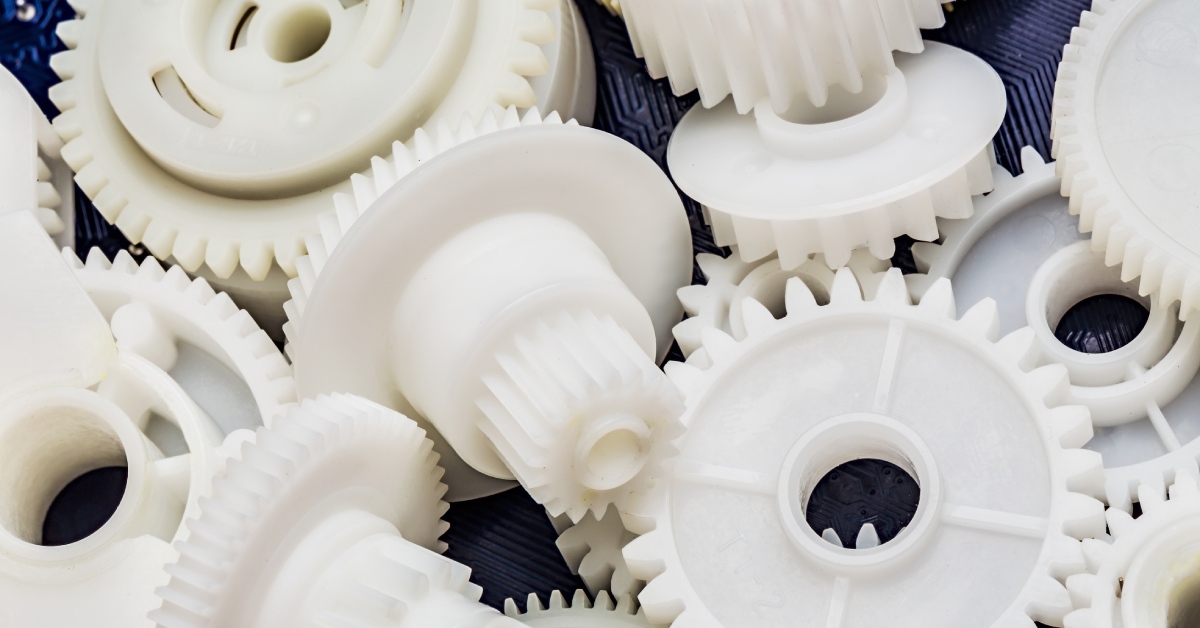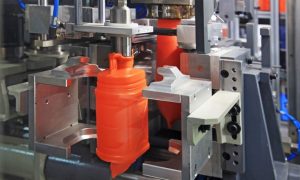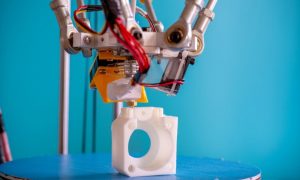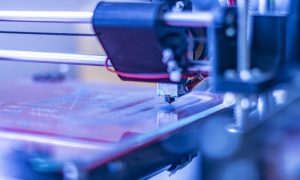Designing plastic gears is both an art and a science, requiring a blend of creativity and technical know-how. Businesses are increasingly turning to plastic gears for their lightweight and versatile properties.
But how do you ensure your plastic gears are up to the task? Whether you’re an engineer, a hobbyist, or a business owner, understanding the things to consider when designing plastic gears is necessary for creating a high-performance product.
1. Material Selection Matters
Choosing the right material is the first step in designing effective plastic gears. Factors such as strength, wear resistance, and thermal stability play a critical role. For instance, nylon is durable and low-friction, making it a popular choice for various applications.
However, it may not be best for high-temperature environments. In contrast, acetal provides excellent dimensional stability, and moisture doesn’t affect it as much, making it perfect for precision gears. Understanding the specific requirements of your application will guide you in selecting the optimal material for your plastic gears.
2. Understanding Load and Stress Distribution
An important thing to consider when designing plastic gears is the load and stress distribution across the gear teeth. Plastic materials have different stress tolerance levels compared to metals. Excessive load can lead to deformation or even failure of the gear teeth.
By performing a thorough analysis of the expected load conditions, you can adapt the gear design to ensure even stress distribution. Using software tools like Finite Element Analysis (FEA) can simulate these conditions, which can allow you to make a more informed design decision.
3. Importance of Gear Tooth Design
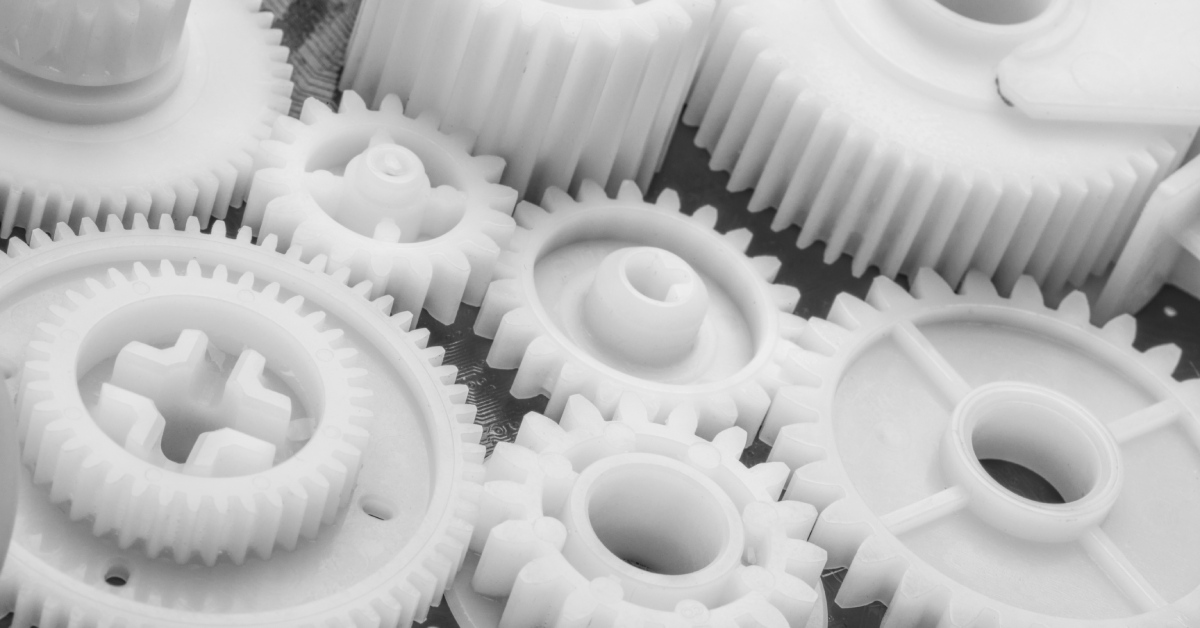
The design of the gear teeth significantly impacts the performance and longevity of plastic gears. Factors like tooth shape, size, and module need careful consideration.
Involute gears, for example, are popular because they provide smooth operation and efficient power transmission. However, you must optimize the tooth profile to reduce wear and minimize the risk of tooth breakage.
4. Managing Thermal Expansion
Plastic materials tend to expand and contract with temperature changes. This characteristic can affect the accuracy and performance of plastic gears, especially in environments with fluctuating temperatures. When designing plastic gears, remember to account for thermal expansion in your calculations.
Selecting materials with lower thermal expansion coefficients can mitigate these effects, ensuring that the gears maintain their functionality across a broader temperature range. Properly designed clearances and allowances can also accommodate thermal variations without compromising gear performance.
5. Ensuring Dimensional Stability
Dimensional stability is necessary for maintaining the accuracy and reliability of plastic gears. Factors such as moisture absorption can cause dimensional changes, affecting gear meshing and overall performance. Using materials with low moisture absorption rates, like acetal, can enhance dimensional stability.
Additionally, incorporating design features like ribs and gussets can improve the structural integrity of the gears, reducing the likelihood of warping or deformation. Consistent monitoring and quality control during the manufacturing process are essential to ensure that the gears meet the desired specifications.
6. Surface Finish and Lubrication
A smooth surface finish can enhance the efficiency and lifespan of the gears by minimizing contact resistance. Lubrication is another aspect you shouldn’t overlook.
While plastic gears can operate without lubrication in some cases, adding lubricants can significantly improve performance, especially under high-load conditions. Selecting the appropriate lubricant and applying it correctly ensures that the gears operate smoothly and efficiently.
7. Noise Reduction Strategies
One of the advantages of plastic gears is their ability to operate quietly compared to metal gears. However, achieving minimal noise levels requires careful design considerations. The choice of material, tooth profile, and surface finish all contribute to noise reduction.
Additionally, incorporating damping elements or using hybrid gear designs with metal cores and plastic teeth can further minimize noise. Employing advanced simulation tools can predict and address potential noise issues during the design phase, ensuring a quieter and more efficient gear system.
8. Accounting for Wear and Tear
Wear and tear are inevitable in any gear system, but plastic gears have unique wear characteristics. Understanding these characteristics and incorporating them into your design can prolong the lifespan of the gears.
Selecting wear-resistant materials and optimizing the gear tooth profile can reduce the rate of wear. Regular maintenance and inspection are also essential to identify and address wear-related issues before they lead to gear failure.
9. Designing for Ease of Manufacturing
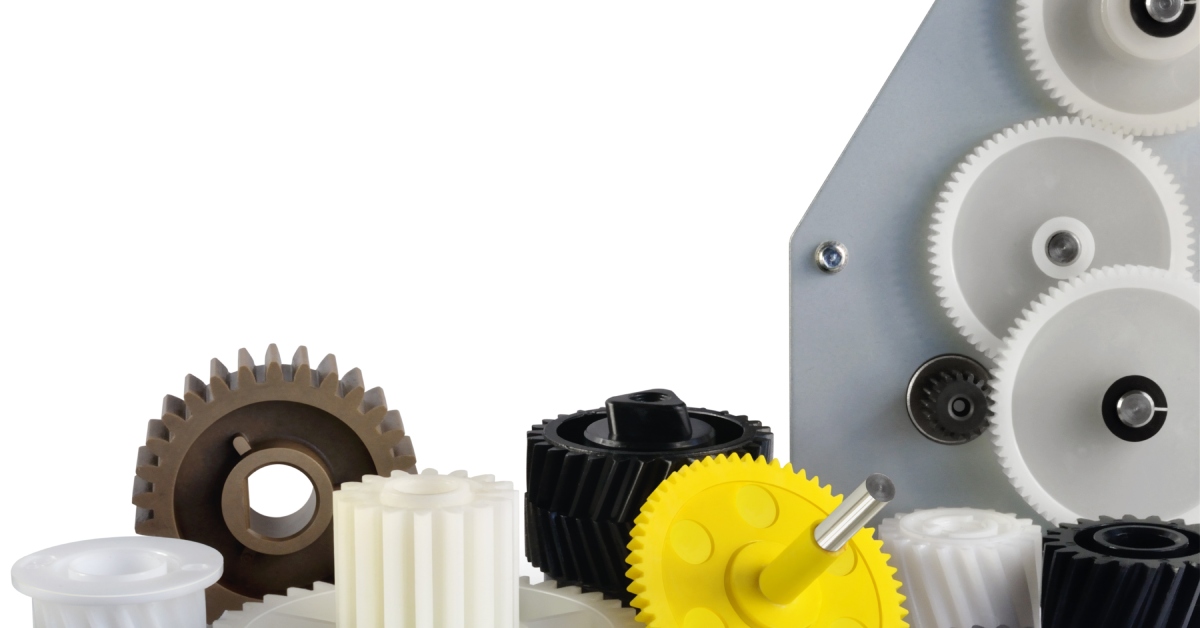
Complex designs may require specialized tooling and processes, increasing production costs and lead times. Simplifying the design without compromising performance can make the manufacturing process more efficient and cost-effective.
Collaborating with experienced manufacturers can help you identify design modifications that streamline production while maintaining the desired functionality. Leveraging automated manufacturing technologies like injection molding can further enhance the efficiency and consistency of the gear production process.
10. Environmental Considerations
Exposure to chemicals, UV radiation, and other environmental conditions can degrade the material properties over time. Selecting materials with chemical resistance and UV stability can mitigate these effects, ensuring the gears remain functional in harsh environments.
Additionally, consider the environmental impact of the materials and manufacturing processes. By incorporating environmental considerations into the design, you can create durable and eco-friendly plastic gears.
11. Leveraging Expert Guidance
Designing plastic gears involves a complex interplay of material properties, mechanical dynamics, and manufacturing processes. Leveraging expert guidance from experienced professionals can significantly enhance the design and performance of your gears.
A plastic gear manufacturer like Miller Plastic Products brings a wealth of knowledge and expertise to the table, offering valuable insights and innovative solutions. Engaging with industry experts early in the design process can help you identify potential challenges and opportunities, ensuring that your plastic gears meet the highest standards of quality and performance.
12. Continuous Improvement and Innovation
The field of plastic gear design is continually evolving, driven by advancements in materials, technology, and manufacturing techniques. Staying abreast of these developments is essential for maintaining a competitive edge.
Continuous improvement and innovation in design, testing, and production processes can lead to more efficient and reliable gear systems. Engaging with industry forums, attending conferences, and collaborating with research institutions can provide access to the latest trends and innovations. By fostering a culture of continuous improvement, you can ensure that your plastic gear designs remain at the forefront of the industry.
Mastering the art of plastic gear design involves careful consideration of several factors. Partnering with experts and leveraging advanced tools can significantly enhance the performance and longevity of your gear. For all your plastic needs, be sure to contact Miller Plastic Products.

